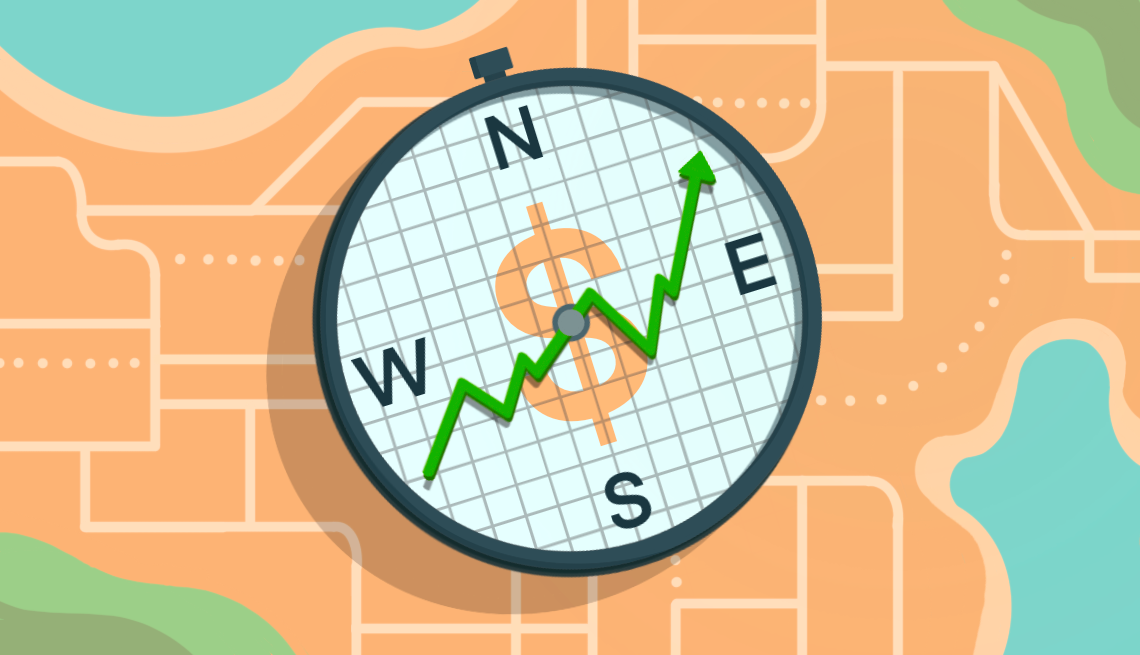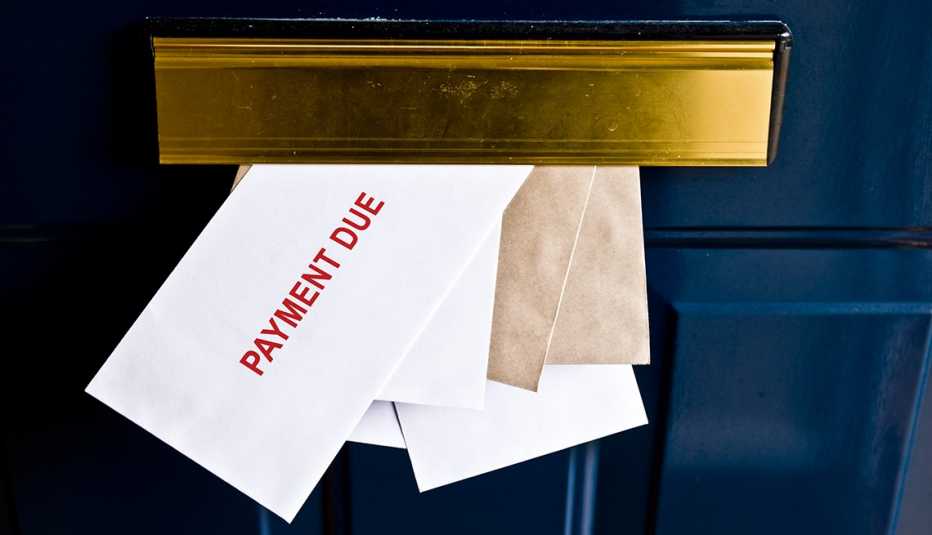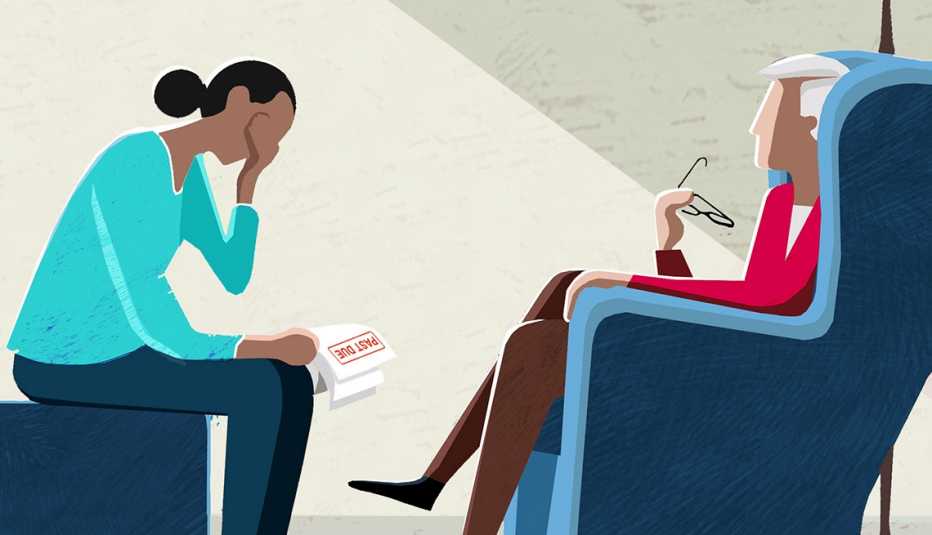Staying Fit
Digging out of debt is tough. Like a diet, it takes discipline and a plan. The measure of success, however, isn't losing weight; it's shedding unwanted debt that poses a threat to your financial health.
So what's the best way to escape the debt trap and get those account balances down to zero once and for all? Two popular debt-reduction strategies worth considering are the “debt snowball” and the “debt avalanche.”


AARP Membership— $12 for your first year when you sign up for Automatic Renewal
Get instant access to members-only products and hundreds of discounts, a free second membership, and a subscription to AARP the Magazine.
The goal of both is straightforward and simple: becoming debt-free.
U.S. household debt hit a record $14.15 trillion in the fourth quarter of 2019, according to the Federal Reserve Bank of New York. Although mortgage debt of $9.56 trillion is the largest portion of debt Americans owe, credit card debt climbed 5.3 percent in the final three months of 2019, bringing owed balances on plastic to $930 billion. The average American household carries about $6,194 in revolving credit card debt, according to American Consumer Credit Counseling, citing data from credit-monitoring bureau Experian.
The snowball method focuses on eliminating your smallest debts first, while the avalanche approach places the highest priority on eliminating debt with the highest interest rate.
Here's a more detailed look at how these two common techniques work.


Snowball
Popularized by personal finance expert Dave Ramsey, the snowball method is all about small victories on the way to total triumph. It's less about pure math and more about momentum, positive psychological nudges and, ultimately, behavior modification.




































































